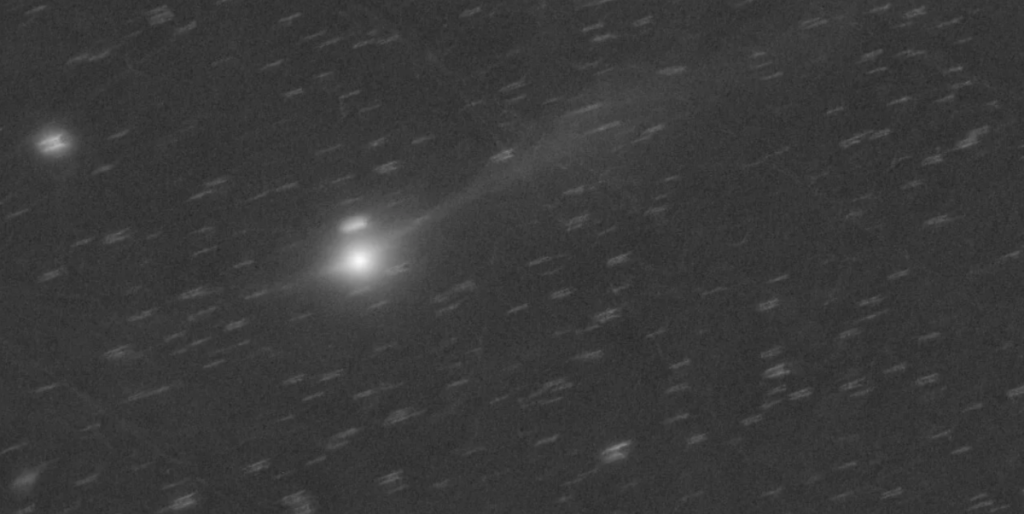For as long as people have looked to the sky, unusual objects have stirred fascination, concern and the occasional surge of wild theories.
Others are reading now
A newly observed visitor from interstellar space is now prompting that same mix of scientific scrutiny and public speculation.
The object, known as 3I/ATLAS, has drawn attention from global agencies and astronomers after entering the solar system at high speed and exhibiting behaviour some find unusual.
Confirmed exercise
The United Nations and the International Asteroid Warning Network (IAWN) have clarified that 3I/ATLAS is being used in a scheduled planetary-defence exercise. According to a document released by both bodies, the comet presents “a great opportunity” for testing observation techniques.
IAWN noted that these drills typically occur once a year. Its statement said the 3I/ATLAS campaign is the eighth of its kind since 2017 and had been planned well in advance.
The organisation highlighted that comets pose additional measurement challenges because they appear as diffuse objects rather than sharp points in a telescope’s view.
Also read
The European Space Agency (ESA) said it is also tracking the object as part of routine monitoring procedures.
Interstellar visitor
NASA describes 3I/ATLAS as only the third confirmed interstellar object to enter the solar system. It was first spotted in July 2025 and made its closest pass by the Sun in late October, reaching a speed of roughly 153,000 miles per hour.
Its nucleus is estimated to measure between a few hundred metres and several kilometres, though scientists say the bright cloud of dust surrounding it makes precise measurements difficult.
Researchers have continued to analyse the object’s long visibility window from Earth, which they say makes it ideal for the ongoing exercise.
NASA maintains that 3I/ATLAS is a comet.
Also read
Controversy grows
Not all experts agree with the agency’s assessment. Harvard astrophysicist Avi Loeb has suggested the object could be artificial, arguing that its size, speed and trajectory raise questions.
He told LADbible: “The truth is not decided by authority. NASA has no authority over nature to tell us what nature is. I mean, it’s decided by data.”
Loeb said he sees “many anomalies” and urged more observation rather than firm conclusions.
He criticised what he described as a bureaucratic approach to public statements about the object.
More data ahead
Loeb said he hopes to have extensive new information by Christmas, adding that the object’s path could take it within about 53 million miles of Jupiter.
Also read
Scientists across multiple agencies say continued monitoring will help resolve uncertainties surrounding 3I/ATLAS.
For now, international bodies stress that it poses no threat and remains a timely opportunity to test planetary-defence readiness.
Sources: LADbible, NASA, ESA, UN/IAWN


